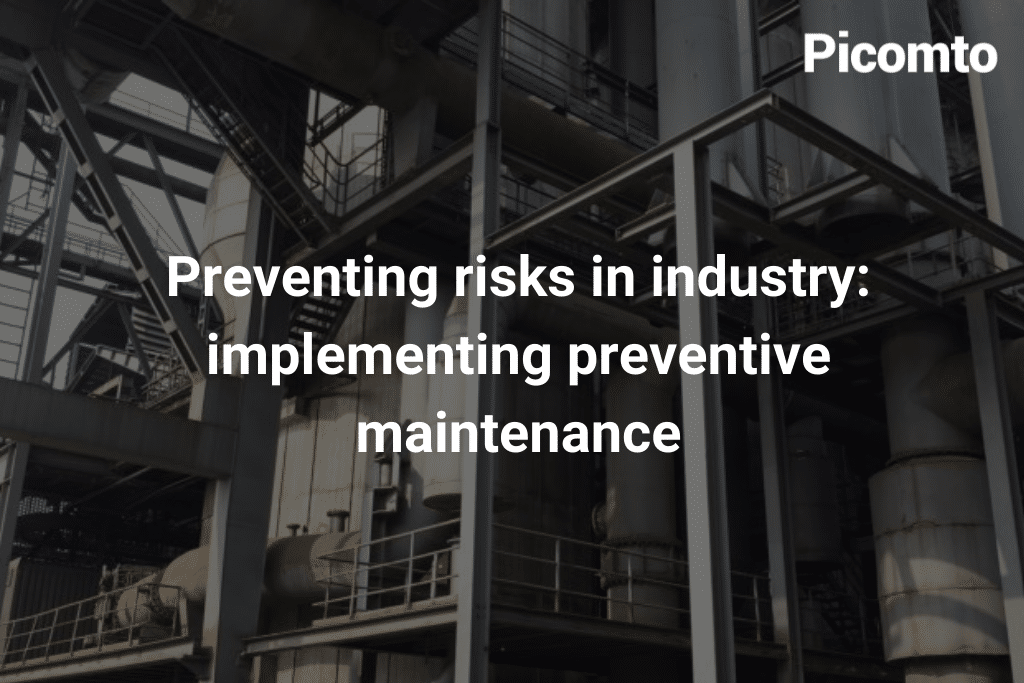
Rather than waiting for a breakdown or an accident to occur, it is always better for a company to anticipate this kind of hazard for at least two reasons: preventing production from being affected and preserving quality. That is why in today’s industry, we are working on implementing preventive maintenance. Even though they generally represent a significant investment, it is essential to assess risks and prevent them. The benefits often exceed the financial, the hardware and software resources used for this purpose. How can the company prevent risks and apply its preventive maintenance policy?
Equipment maintenance and risk prevention: major challenges for industry
Maintaining the proper functioning and performance of equipment is a key issue for any industrial entity. Not only is productivity at stake but also quality and compliance as ISO 9001 requires determining the means necessary that the product is compliant. Safety of all employees in industrial companies must be taken into account.
The company is therefore implementing a preventive approach to identify, qualify and measure accidental events. Their degree of severity is also assessed as are the actions to be taken depending on the nature of the accident or breakdown. This is what risk analysis encompasses, a fundamental aspect of the life of modern industry.
Maintaining assets and means of production extends their lifespan and therefore postpones in time investments in the acquisition of new tools and machines. But this mission proves to be costly and detrimental to the company’s productivity if it only reacts after the fact when the damage is done as it were.
Keeping the initiative
Focusing on a preventive and anticipatory approach to minimize corrective actions allows the company to maintain greater control over its production capacity to keep the initiative.
The objective is to reduce the probability of failure or degradation of the asset. To do so, it can rely on the management of systematic preventive maintenance interventions. On the one hand, the latter consists in establishing a schedule on the basis of a predefined number of use units and on the other hand, in predetermining the criteria for evaluating the degradation of equipment. Therefore, a forecasting plan is carried out and maintained by the maintenance teams.
The company can also rely on another type of maintenance which is more expensive but particularly effective in maintaining important equipment. It is predictive maintenance which is based on information collected by sensors and compared to reference data. This system helps to predict any failure long before it occurs to be able to organize intervention and not affect production.
In order to maintain its preventive maintenance, the factory has various adapted means such as the CMMS tools (Computerized maintenance management system). These software tools for analyzing, archiving, organizing and planning maintenance activities are all the more valuable and effective if they are integrated into the company’s information system. They manage all the organizational aspects of maintenance and as such significantly support the company’s ability to take preventive action.
Picomto is the solution to create and consult digital and visual maintenance procedures. In addition, the solution can be integrated into the CMMS to associate “what to do” with “how to do”. If you have maintenance 4.0 project, then contact us!
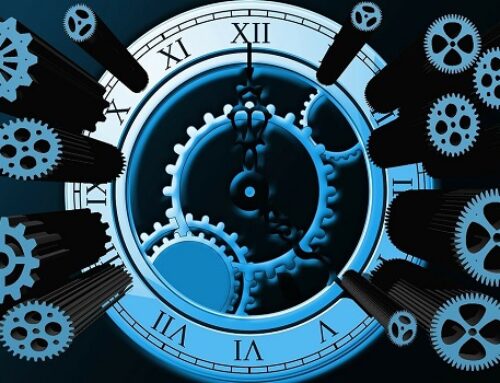
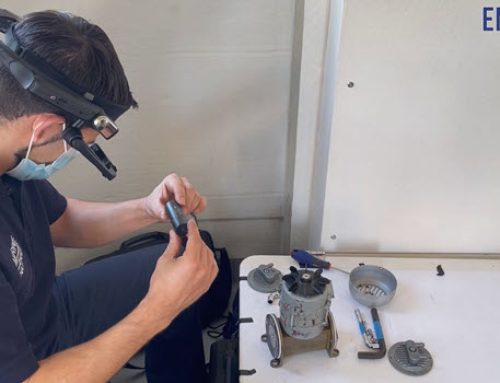
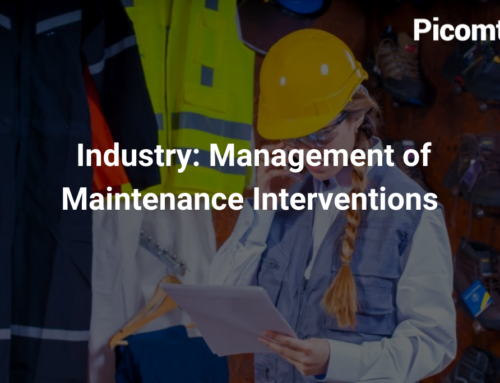
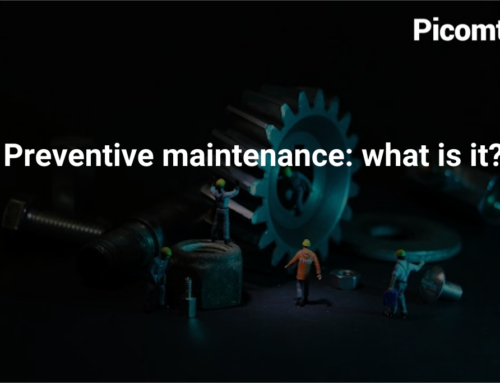
Leave A Comment